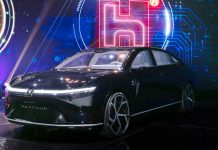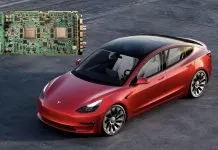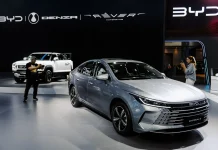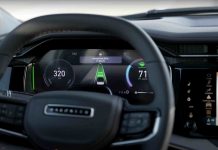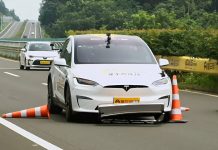Tesla has raised the bar again and surprised everyone by substantially updating its Full Self-Driving (FSD) visualization system in the new Model S and Model X. Drivers now have a more immersive and clear view of the road and the surrounding environment courtesy of a redesigned interface, which is now reportedly powered by Unreal Engine.
The newer version of FSD displayed in Model S and X occupies a bigger area on the screen than the earlier one, and shows the occupants a broader view of what the vehicle perceives. This augmented visualization allows a better way of cognizing how the vehicle is perceiving its surroundings – such as road markings, traffic patterns, and the predicted path of the vehicle on the road.
The graphics themselves have seen an incremental improvement. The visuals are clearer, more fluid, and much closer to real life, in line with rumors that Tesla is adopting Unreal Engine, one of the most powerful 3D game engines in existence, developed by Epic Games. The advanced rendering technology gives Tesla the ability to create clearer models of the road, more realistic motion, and a more high-fidelity representation of things like other cars, pedestrians, and traffic light signals.
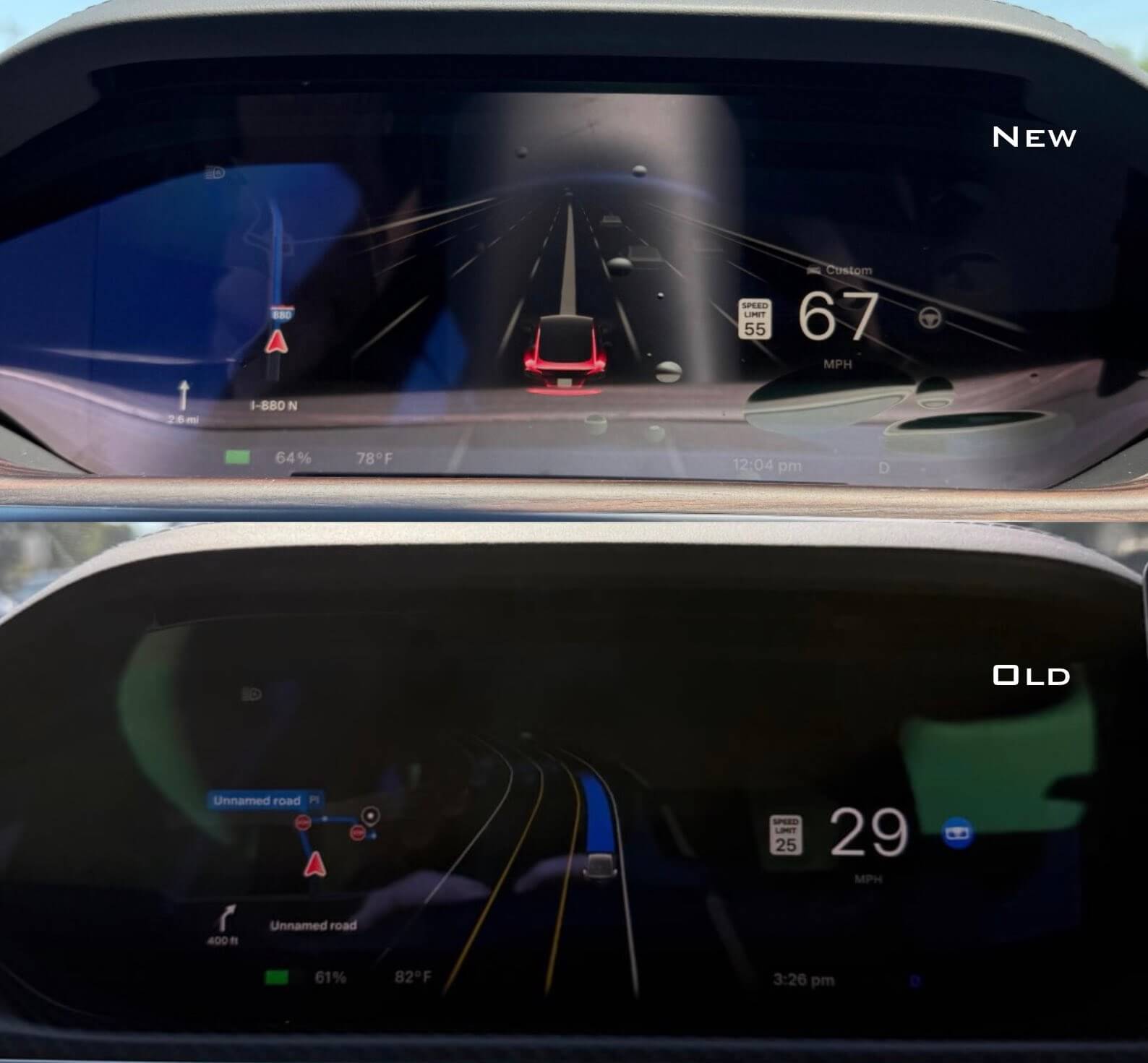
Why Visualization Matters in FSD
To Tesla drivers, FSD visualization is more than just eye candy; it gives people a look at what the AI is up to. The interface offers critical feedback to the driver by displaying to him what the car is sensing and what it intends to do about it. Such clarity makes drivers trust the system, because they can see in real time that the car can perceive all the critical aspects of the road.
Better visuals are less ambiguous. As an illustration, clear lane markings and more defined paths can help drivers expect better pathways in advance. The displayed actions by the system of how one is supposed to change lanes or stop are more intuitive and more graphically clear.
Tesla has updated the FSD visualization in the new Model S/X.
It now takes up more of the screen, with improved graphics. (Supposedly now uses Unreal Engine) pic.twitter.com/ySqTA2eOB6
— Nic Cruz Patane (@niccruzpatane) August 25, 2025
The other significant change is the visualization layout that has been developed by Tesla. The FSD view has been enlarged in the central display to allow less clutter of data and focus more on real-time driving information. Such a shift is logical, particularly given the idea of autonomous driving, where situational awareness is a major focus.
Drivers will have more understanding of how the system sees a complex traffic environment since more of the screen space is dedicated to the road view. Meanwhile, Tesla retains the minimalist, futuristic vibe that has proven a staple of the company in terms of the interior of its vehicles.
Unreal Engine: A Game-Changer for Tesla
Although Tesla has not publicly announced the integration of Unreal Engine, rumors and reports suggest the switch. Its realisation would be an important step. Unreal Engine is thought to be among the most cutting-edge graphics platforms in the world, with blockbuster video games, as well as high-end simulations, using the system.
In the case of Tesla, the technology may open the way to the silky rendering of complex traffic situations, more dramatic presentation of objects, and eventually changing, dynamic weather or lighting conditions. The move also brings the Tesla visualization system closer to the professionalism of driving simulation systems adopted in research and training.






